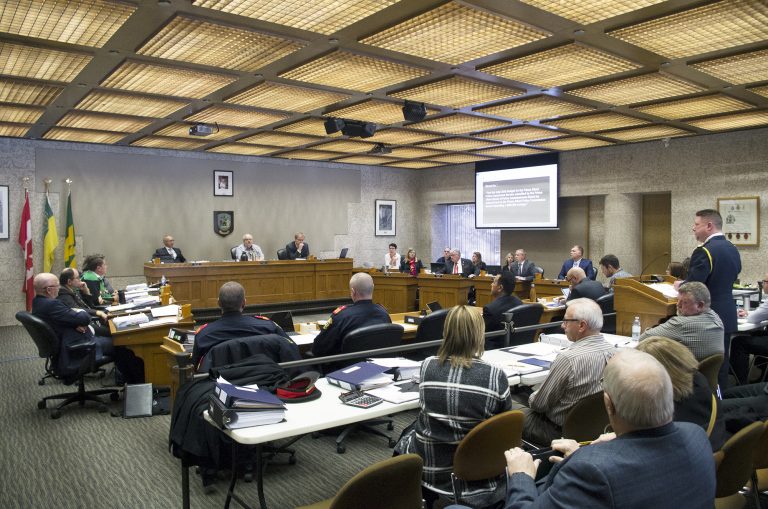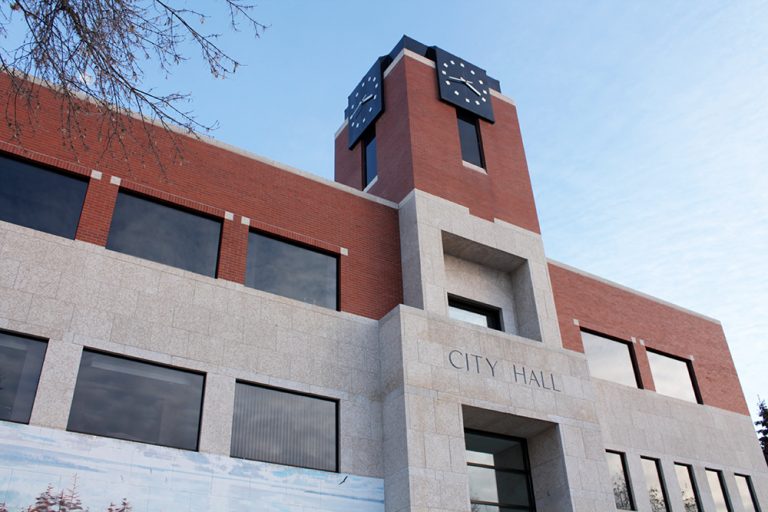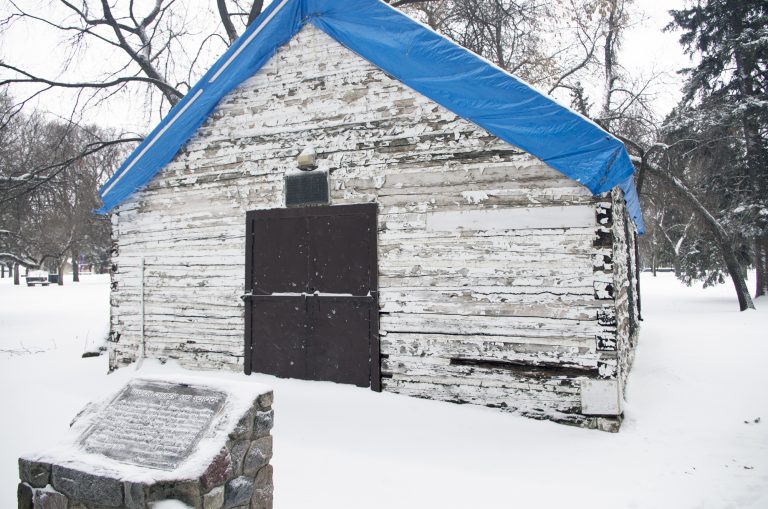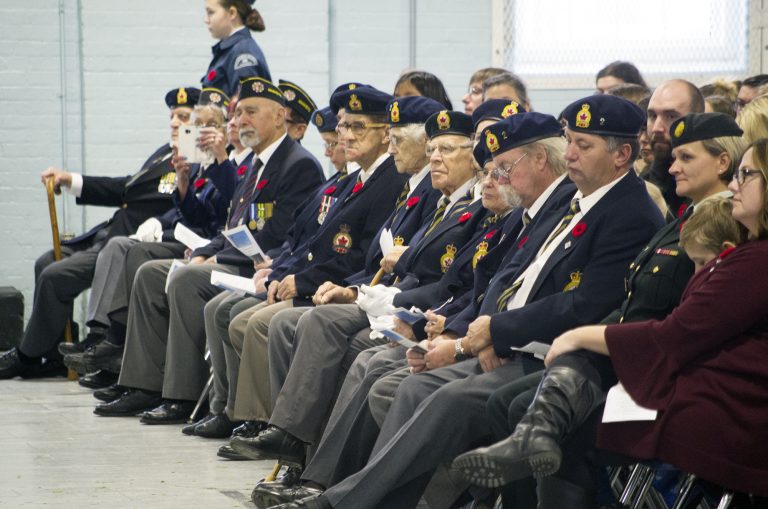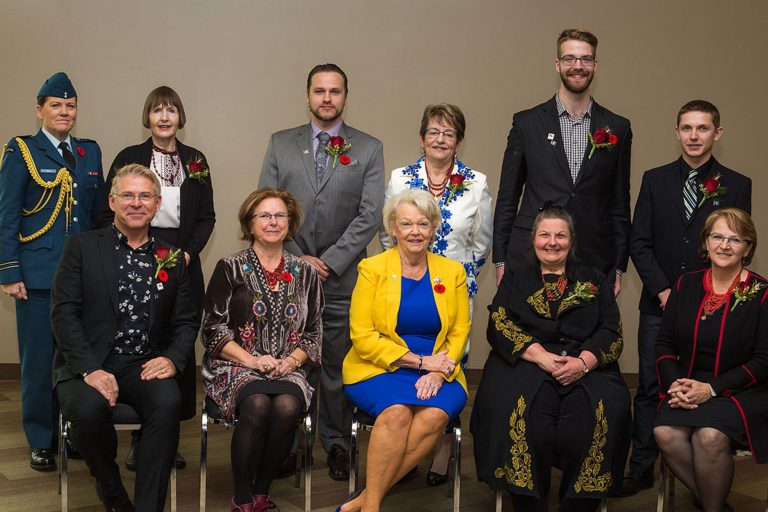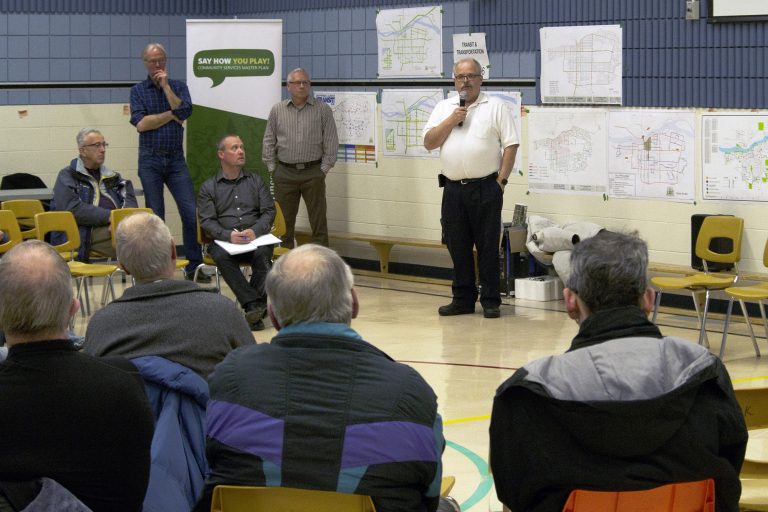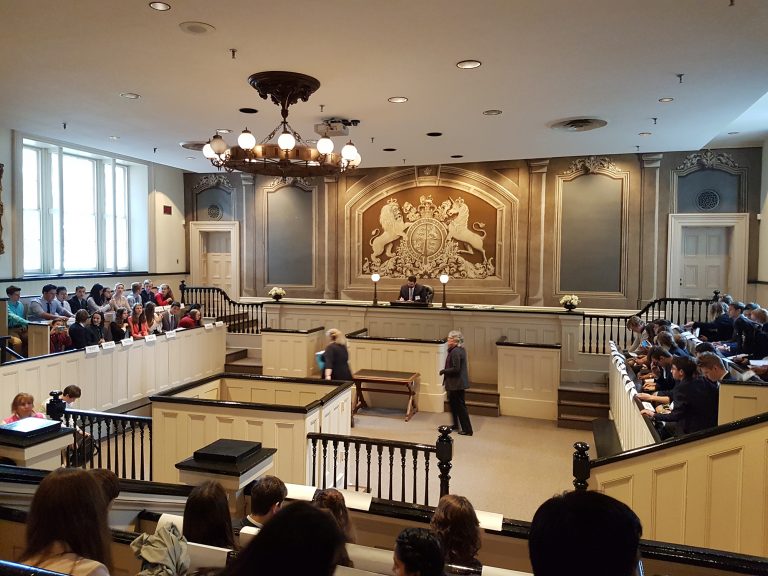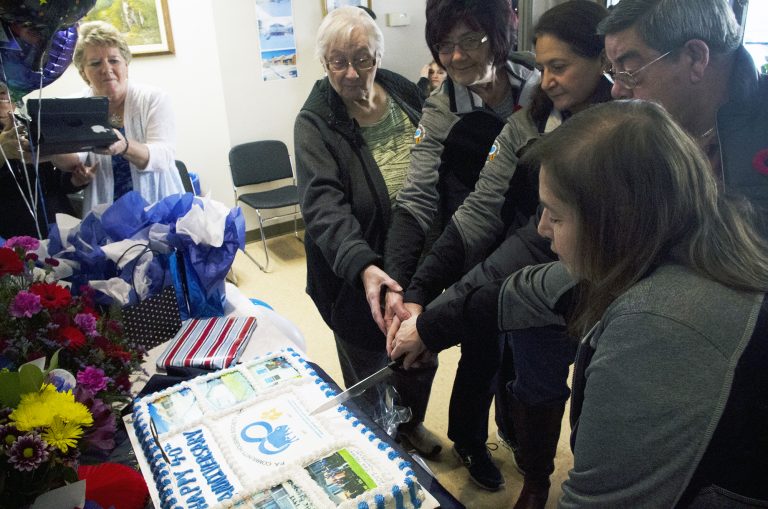Prince Albert Mayor Greg Dionne reaffirmed his commitment to low taxes and little spending following Thursday’s budget committee public consultation.
A total of eight Prince Albert organizations presented their budget needs for the next fiscal year, with most asking for the same level of funding as the last. For the few who did ask for an increase, sympathy was hard to come by.
“I will not be recommending any increases to any of them,” Mayor Greg Dionne said after the meeting. “I won’t support rollbacks, but when you look at our budget, every one of our departments have been cut. We were challenged with a $3.5 million shortfall.”
Dionne said he was pleased to see that most organizations understood the city wasn’t out of the dark just yet. Groups like the Prince Albert Historical Society and the John M. Cuelenaere Public Library, which both asked for the same funding level as last year, instead outlined their plans to get more bang for their buck.
In the case of the Historical Society, that means looking at changings fees to generate more revenue. For the library, they’ll cut down on their travel budget and delay new purchases, like a managed network services contract.
Other organizations will look to save money through the city’s purchasing partnership agreement, which allows them to buy everything from office supplies to fuel to insurance at a discounted rate.
Dionne said organizations should look to that agreement to help save some money.
“Even though we’re not giving them an increase, we’re giving them plenty of opportunity to bring down their expenses, which is still money in their pockets,” he said.
However, there were some increase requests.
The largest came from the Mann Art Gallery, which faces an uncertain funding future. The gallery is currently waiting to hear about a $28,000 Canada Council for the Arts grant, which they’ve received every year for the past four years. Gallery staff won’t know if they’re getting the grant money until December.
In the meantime, they asked for a $25,000 budget increase, which would increase their municipal funding level to $100,000. The goal is to fully fund the gallery educator position, and achieve a municipal funding level comparable to other mid-sized art galleries in Saskatchewan.
The Prince Albert District Planning Commission also asked for a small increase to help cover the PST now being applied to health and dental benefits.
Representatives from the Prince Albert SPCA outlined their organization’s difficult financial situation, but acknowledged they were unlikely to receive more funds than the year before. The organization housed 1,200 animals this past year year, a four per cent increase from the year before, and suffered a $250,000 shortfall. They’re looking to cut that number in half through increased efficiency and marketing, which will ideally help increase adoptions.
The Prince Albert Arts Board, Community Service Centre and Prince Albert Mobile Crisis Unit did not ask for funding increases.
@kerr_jas • jason.kerr@paherald.sk.ca

